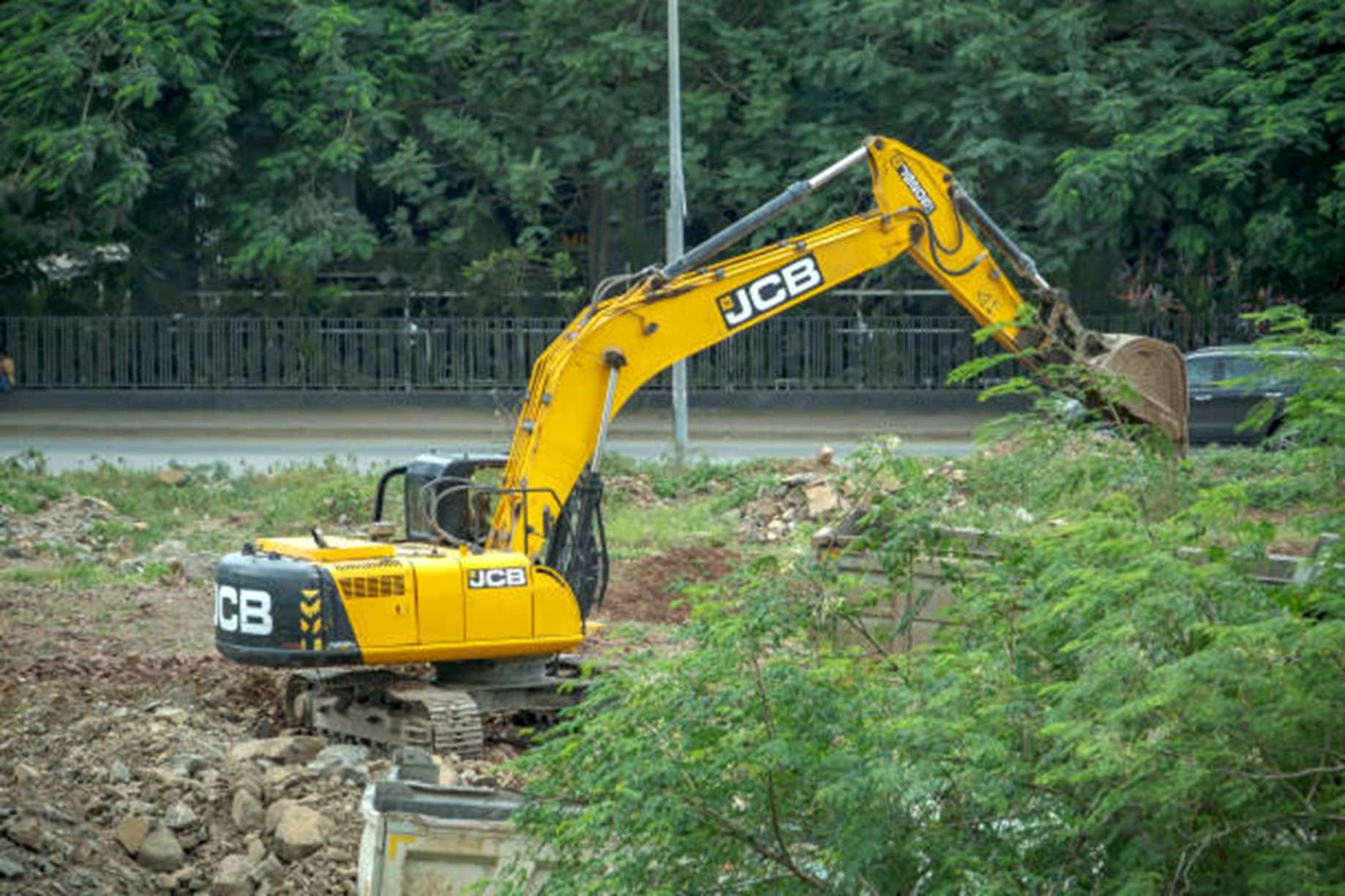Understanding the tools of the trade is essential whether you’re overseeing a large construction job or embarking on a DIY home improvement project. Have you ever wondered what types of heavy earthmoving equipment are used to reshape landscapes and build structures that touch the sky? Curious about the benefits each machine offers and how they are applied in construction or earthmoving projects? The world of heavy earthmoving equipment is diverse and complex, offering plenty of innovation and power to achieve almost any task efficiently. Today, we demystify the giants of construction, highlighting 7 types of heavy earth-moving equipment, their uses, and advantages.
Just like a mechanic wouldn’t use a hammer to tighten a bolt, every construction project requires the right tool — or in this case, the right heavy equipment. Knowing which heavy earthmoving equipment to utilize can save time, money, and resources. So what does a bulldozer do that an excavator can’t? How crucial is a motor grader in earthmoving or construction projects? Read on as we delve into the robust world of heavy machinery and explore the differing capabilities of equipment you’re likely to find on a construction site or a hefty DIY project.
With intricate design and powerful capabilities, these industrial marvels are much more than mere tools — they’re the muscle and backbone that make grand engineering feats possible. From excavators and backhoes to skid steers and motor graders, there’s a vast array of equipment designed for specific tasks. So whether you’re an aspiring project manager, contractor, or fervent DIY enthusiast, this comprehensive guide will help unravel the complexities of heavy earthmoving machinery.
What is Heavy Earthmoving Equipment?
Before we dive into the different types, it’s essential first to understand what we mean by heavy earthmoving equipment. These industrial behemoths are designed to move large amounts of earth or heavy materials. They come in various shapes and sizes, each catering to a specific task within the construction or earthmoving project. From road building to mining, demolition to excavation, heavy earthmoving equipment plays an integral role in shaping our built environment.
The Excavator: A Versatile Powerhouse
Arguably, one of the most easily recognized pieces of heavy machinery is the excavator. Its distinct long arm, known as the boom, a digging bucket and usually a cab mounted on a pivot – often mistaken for the machine’s ‘head, makes it stand out. Excavators are versatile, utilized for digging trenches and holes, tree felling, heavy lifting, and even demolition.
The Bulldozer: The Ultimate Power Pusher
Bulldozers are synonymous with heavyweight pushing power. These rugged machines are known for their large, flat blades at the front, used for pushing soil and rubble. They also possess ripper teeth at the rear for breaking up the earth’s crust, making bulldozers versatile and invaluable in construction and earthmoving projects.
The Skid Steer Loader: Compact and Manoeuvrable
Despite its smaller size, the skid steer loader is mighty. It is best known for its agility, able to turn in its footprint and maneuver through tight spaces. Armed with a multitude of attachments like a backhoe, fork, sweeper or auger, skid steer loaders serve a plethora of purposes on an operation site.
The Backhoe Loader: Two Machines In One
A hybrid of a tractor, excavator, and loader, the backhoe loader is essentially two machines in one. The loader bucket at the front and the backhoe at the rear allow this machine to handle jobs that typically require multiple machines, making it a cost-effective and versatile asset to construction and earthmoving projects.
The Motor Grader: The Master of Leveling
Also known as a road grader, the motor grader is mastered in creating flat surfaces. Featuring a long blade that can be adjusted for angle and height, it’s best used for fine grading and shifting dirt or gravel in road construction.
The Wheel Loader: The Heavy Lifter
You’ve probably recognized the wheel loader or front-end loader from its giant, scooping bucket in front. It’s primarily used to push or lift heavy materials like rocks and dirt, akin to a “giant shovel.”
Conclusion:
The world of heavy earthmoving machinery is extensive and powerful. These machines contribute to transforming barren landscapes into engineered marvels and skyline altering structures. Understanding the different types of heavy earthmoving equipment and their respective features and applications is the first step towards managing an efficient and successful project. Every piece of equipment, be it the versatile excavator or the compact but mighty skid steer loader, plays a crucial part in the grand orchestra of construction and earthmoving projects. Regardless of whether you’re an enthusiast or a professional, this deepened understanding of these industrial titans brings a newfound appreciation for the sheer power and precision they bring to the table.









